



THE PURPOSE OF OUR DESIGN FORECAST IS TO SERVE AS A USEFUL TOOL TO CREATE ENGAGING, UNIQUE, AND LONG-LASTING SPACES AND BRANDS. WE RESEARCH AND VISION HOW BEST TO DESIGN FOR TARGET MARKETS, DIFFERENTIATE, AND ACHIEVE LONGEVITY. WE TEST AND SPOTLIGHT THE LATEST PRODUCTS AND PLACES AND REPORT ON NATIONAL AND GLOBAL TRENDS IMPACTING OUR INDUSTRY.
OUR FORECAST WAS BORN FROM AN HONEST INTENT TO ADD VALUE AND BE A COMMITTED CUSTODIAN OF BRIGHT IDEAS, INNOVATIVE THINKING, AND SHARING FOR A GREATER GOOD.

Foraging is a valuable mindset that runs deeper than a good rummage for wild food or natural materials. It is a fulfilling way of engaging in this world. “It is the art of noticing”, as said by Mary Jo Hoffman. It is the joy of resourcefulness and the beauty of discovering. Foraging is a creative act to see the potential in the most common wild weed or overlooked object, to gather and place it where it can be celebrated and admired. It is a way to make use of what is around us, to assemble something from seemingly nothing. We can engage the spirit of foraging in our own way of life, our culture as a family, a team, and a community.
This practice emphasizes upcycling and sustainable creativity. Foraging nurtures a deep connection to the natural world. Each piece we collect carries a story of the landscape it came from and becomes a reminder of the beauty and abundance around us.
We chose to focus on foraging in this feature because of the key role biophilic design plays in creating spaces that support wellbeing and vitality. Incorporating organic material in the built environment of this futuristic, tech-entrenched, artificial age will forever be an important tool to soften, balance and remind. Humans have an undeniable biological and energetic connection with the natural world, fostering deep admiration.

In this feature we wish to encourage exploration, inspire this bountiful mindset, and share ways to practice the art of foraging. You will be surprised what you find once you root around, the more you look, notice and imagine.

LONGEVITY 8-9
LIVE 10
FORAGING GUIDE 20-21
TIPS 22-24
DRIED 26
HOW TO DRY PLANTS 31
BRANCHES 32 PALMS 38
PROPAGATED 44
HOW TO PROPAGATE A PLANT 47 MUSHROOMS 50
FOUND 58
ART 62
EXPLORE 70
SEEK + GATHER 75








Check out our handpicked list of six species from across the country - no matter where you are or the season, you’re likely to find at least one nearby! When carefully foraged and cared for, these branches will have a longer lifespan.
Flip to our DRIED section for tips on drying and preserving them to create lasting, sculptural art.

















Locally foraged branches, distinct to each city, introduce native tones, textures, and seasonally influenced colors, infusing spaces with a unique sense of place.

This connection to the natural environment not only enriches the aesthetic but also offers biophilic benefits, inspiring creativity and enhancing overall wellbeing.
































Locally foraged fruits and veggies bring a fresh, artful vibe—mixing utility with natural beauty. Just like garden goods left on the counter, they add vibrant colors and textures, making everyday spaces feel uniquely alive.








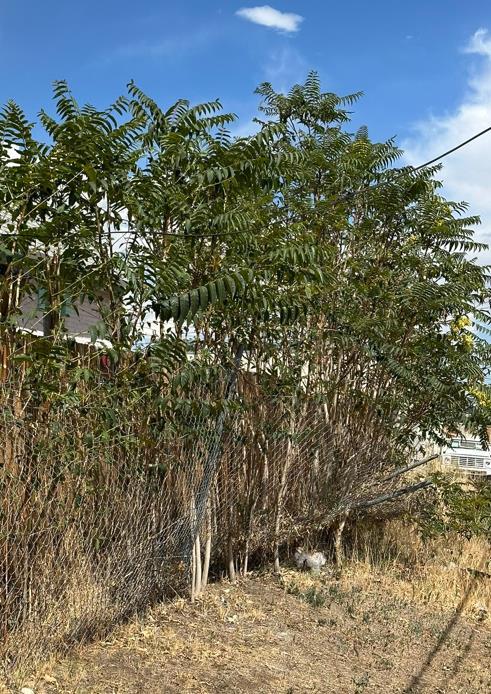
Scout your scenes, the best foraged branches are in the least expected spaces!


Prune a few different branches before making a commitment, test out various colors, textures + scales.


Trim your branches! (Refer to our trimming tips on pg. 22.)


Clean off your branches, wipe down with water and ensure you SHAKE THEM OFF… several times!


Trim + Sculpt branches, and place in vessel with fresh water (refer to extended branch life on pg. 23 for tips).


After branch life, consider drying for sculptural merchandising or return to nature.

Make a cut less than a cm above the bud (not too close as this could damage the supporting bud tissue).
Slope in the direction the bud is pointing. Ensure your loppers are sharp + clean.


Remove any leaves or foliage below the waterline. Change the water every few days to prevent bacterial growth.
Filtered water tested best for us, better than branch life extenders and additives like sugar.


Be thoughtful when foraging - when done mindfully it can boost a tree’s health, enhancing air flow + sunlight through the canopy. For flowering trees, this can mean more vibrant blooms, while also supporting structural integrity, disease resistance, and strong, healthy growth patterns.






When it comes to foraging branches, bigger is always better – it’s much easier to trim and sculpt a branch that is too big versus too small. Look for pieces that show movement and aren’t perfectly symmetrical.



CID Hack – Keep branches on the hood of your car when out foraging to prevent any crawlies!


Mary Jo Hoffman's Still blog features daily photographs of natural objects she forages, capturing their beauty in a simple, artistic way.
















Best foraged in between seasons, dried botanicals + branches bring rich textures and unique shapes.

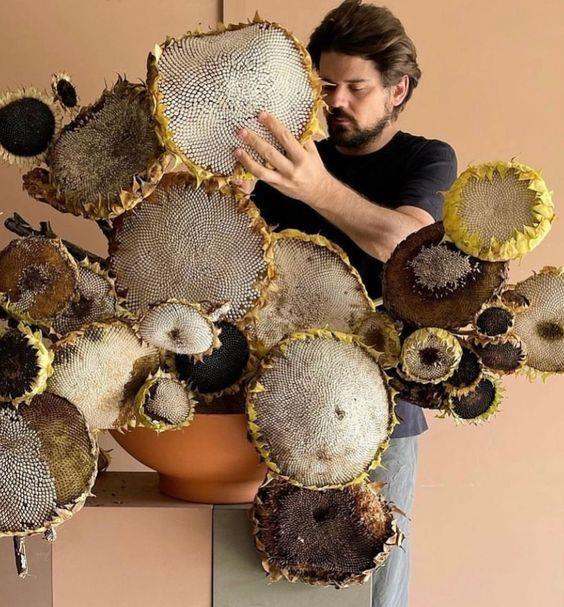



Trim any excess leaves, bundle branches, and secure them at the base with twine. Hang upside down in a well-ventilated, shaded spot to preserve their shape. Once they’re dry and brittle, they’re ready to display.
to protect the identity of our flatbed forager we’ve enlisted the help of AI
Follow the flatbeds—landscaping trucks are loaded with hidden foraging gems. Check the ground too; branches often hide under bushes and brush.






























Made from locally sourced wood in NYC – old water towers, fallen trees, demolished buildings + sustainably- managed forests, with a unique patent pending panel that allows easy access to all electrical components wiring.












“The passing of time and its effect on materials, along with respect for natural patinas, are generous muses that have been guiding and inspiring Bleu Nature’s designs for 20 years now.”
— FRANK LEFEBVRE










CID DESIGN FORECAST





















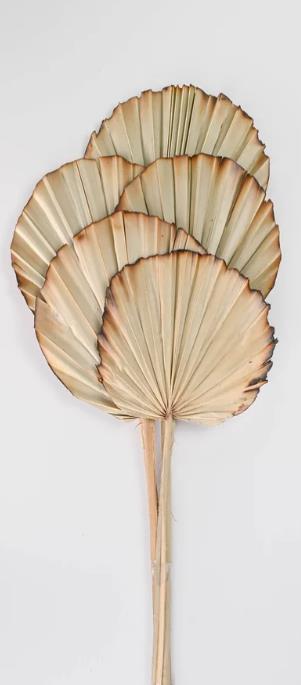






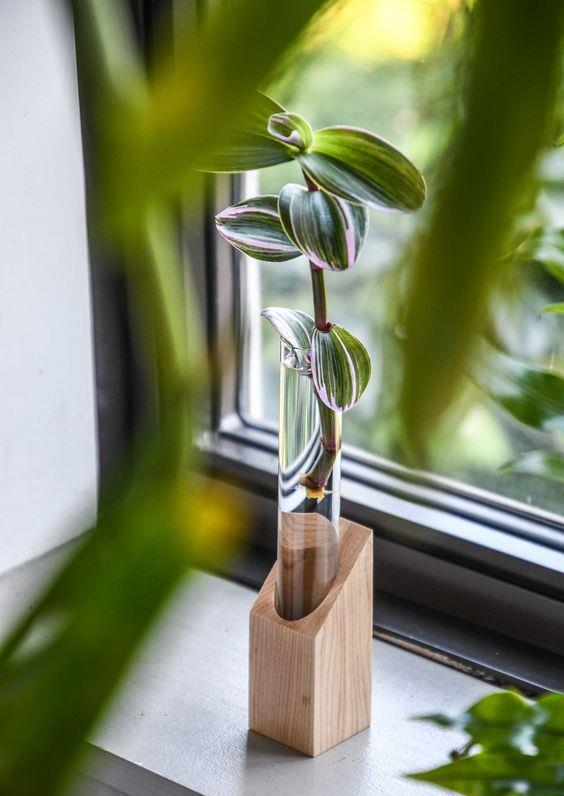



When curating cuttings, explore pairing leaves in ranges of colors, shapes, and textures from vibrant greens to striking patterns.








You Will Need:
Plant, Scissors + Glass Vessel (filled with room temp water)
Select a mature vine – locate the root node, with clean sharp sheers, snip off a few inches of healthy stem before the node. Include a node or two with the cutting (these are where the new roots will come from).

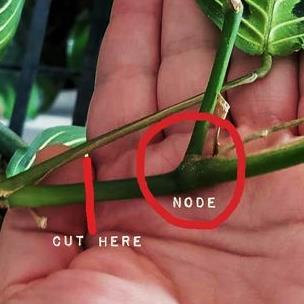

Trim any leaves close to the node that would otherwise be submerged in the glass vessel.


Place cutting in glass vessel + in a spot that receives bright to moderate indirect light.
We recommend researching species and confirming the necessary lighting required.
Check root growth weekly, add fresh tepid water every few days when it is looking low. Replace water if it looks murky to prevent any unwanted growth. Enjoy!
propagating fact | Pothos, philodendron, monsteras + zz plants can be propagated in water because they originate from ancestors that lived in swamps!






Select a mature + healthy branch + remove a ring of bark to expose the cambium layer.


Gently scrape the cambium layer with a knife.


Fill the cloning ball with damp soil or moss.
Also called air layering, this technique is popular when propagating woody plants (or plants that are difficult to grow from root cuttings).
They are used to propagate plants by encouraging roots to form while still attached to the parent plant, which leads to stronger root development.

Clamp around the exposed part of the branch or stem.

Over the next several weeks the roots will start to form –once they have extensively developed, cut branch below cloning ball + plant!






Our team designed and fabricated (thanks to Mr. Z – Jenn’s amazing dad) propagation stations.
Our team is encouraged to share + grow plant clippings, creating an everchanging botanical tapestry.





With foraging dating back thousands of years, mushrooms have always brought foragers deep into the heart of the woods – seeking rare + unique species.

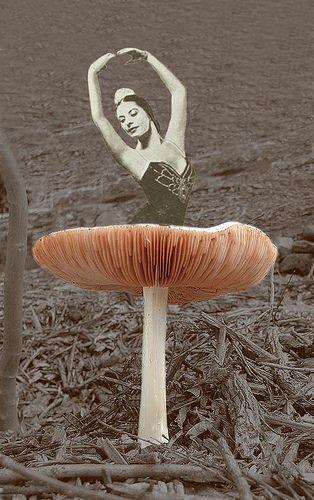



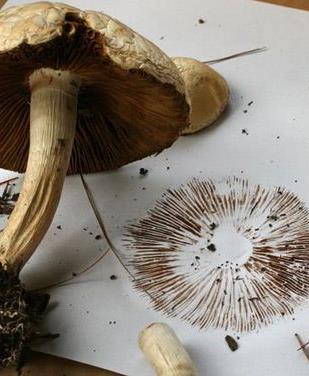
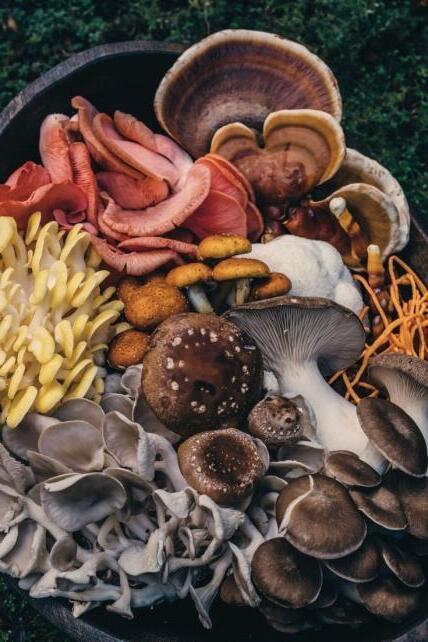





Only 500 years ago humans moved away from huntergatherer lifestyles to farming, then modern conveniences, foraging brings a deep connection to our ancestral way of life.
Will Conway (farm director of Wildflower Farms) notes, “Foraging gives people an outlet to literally consume and feel the power of the natural world.”
“Rewilding is aligning our activities and habits and consumption more with our hunter-gatherer ancestry. It is about integrating ancestral ways of life into our daily habits.”
Jessica Carew Kraft, author
Why We Need to be Wild



@the_mushroom_forager


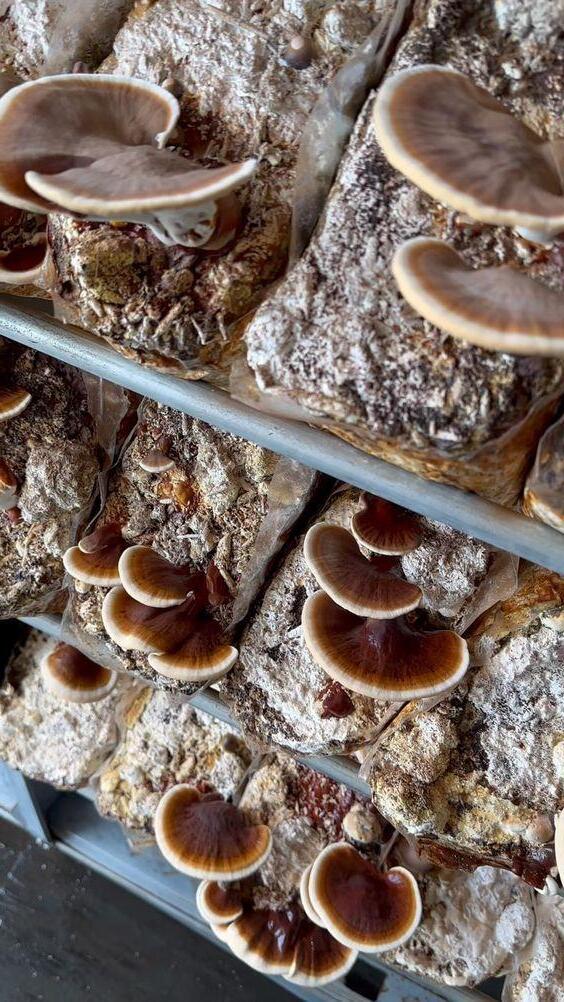


Kits are expected to produce 3-4 crops over a 2-month period.

A high-performance biomaterial, which has drawn funding from Natalie Portman + John Legend. This plant-based leather alternative is changing the interior + fashion industries.
















Biofabricated lighting, grown from the roots of mushrooms (mycelium), with shades made by combining hemp with mycelium, which grows and binds to the hemp.



























From intricate patterns to bold shapes, these natural canvases redefine botanical art. Play with unique cuttings, layouts, and painted leaves for a fresh, unexpected take on nature indoors.




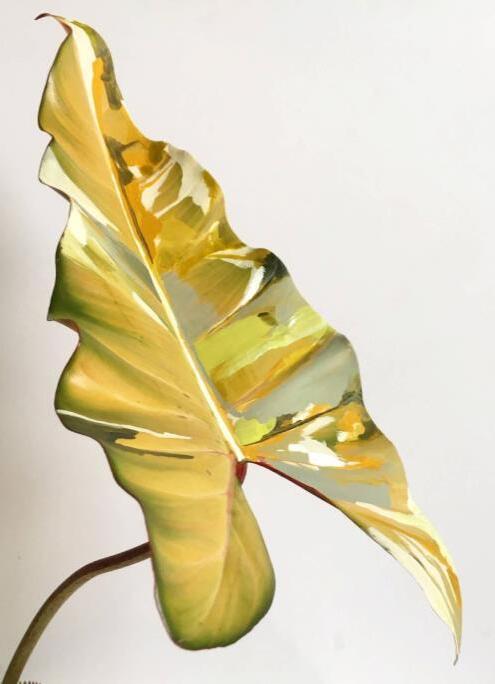










line between art + nature, remixing plants by shaping and painting them.






uniquely made items crafted with nature









foraged costume by team member | samantha fletcher mrs. peacock with the candlestick in the library




Foraged greenery woven into wearable art + accessories, as well as props for photoshoots + costumes!

CID DESIGN FORECAST


interactive social spaces

interactive social spaces

seashells as gift wrap


event botanical arrangements

interactive social spaces









































